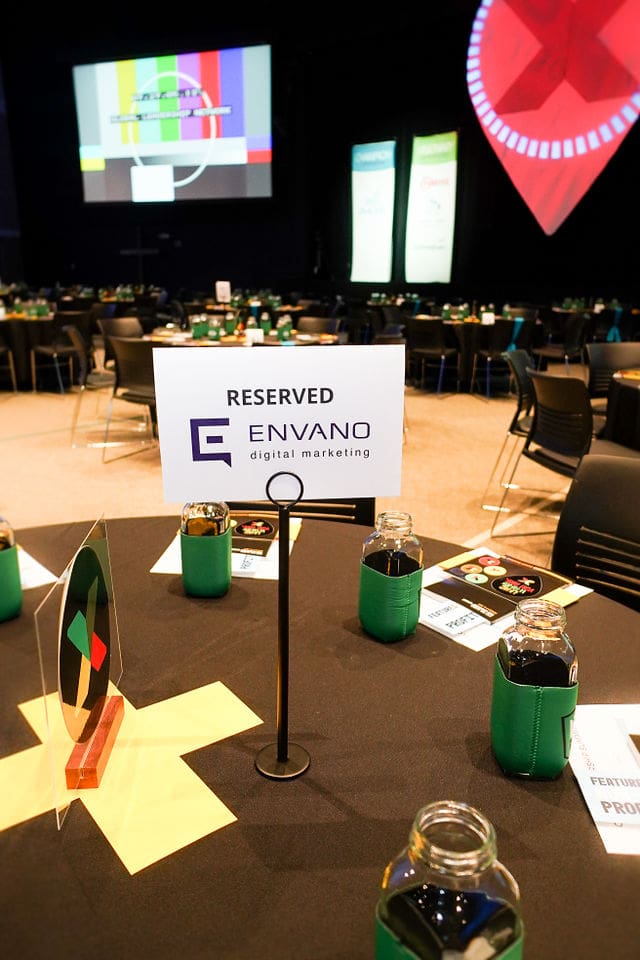Published: November 21, 2014
Disruption. The act of causing disorder. A word in most scenarios that, by its nature, instills fear and therefore, paralysis. Yet, fear and avoiding or ignoring disruption in the context of business can cause even more damage as we move into 2015.
This year’s AEM Annual Conference gave manufacturers across the country a head start into positive disruption. From driverless cars to 3D printing, our time in Napa brought together a tremendous spectrum of perspectives. With discussions on the top challenges and opportunities for 2015 and coming technological changes, we surfaced some excellent tips for success in a changing marketplace.
Here are the top five strategic takeaways for leaders of the next generation of manufacturing:
- The Difference Between Iteration and Innovation. Innovation does not have to be costly, constant or take courage – after all, bigger is not always better. When most business leaders think “innovation,” they think it needs to require a major upheaval to the traditional way of doing things. Yet, by taking small steps, staying smart, and taking a cyclical or iterative approach, smaller innovations can account for greater success overtime. Iterative innovation is not disruptive in the negative sense of the word but can work wonders for positive change.
- Disruptive Ideas Can Spark Anywhere. Good ideas can come from anywhere – the executive level, managers, interns, or customers. Wherever they come from, be prepared that the first step of invention or innovation is ridicule, the second step is opposition, and the final step occurs when the idea becomes self-evident. Disruptive companies and people aren’t slowed by initial criticism. In fact, they have a commonality in that they are driven by a passion to change. Take Jack Andraka for example, the teen who pioneered the early stage marker for pancreatic cancer. Or GE, a 150 year old company that has learned to reinvent itself yet again but this time through outside influencers – another disruptor.
- Technology Is Driving Change. The birth of new models, the Internet of Things, sensors, data, and analytics bring great opportunity, but not without a level of complexity. Technology is going to be embedded in everything. Can equipment adjust configuration and performance based on soil conditions? Absolutely. Think agriculture equipment that quickly learns its surroundings and adjusts accordingly. These are just a few of many very real probabilities in the near future.
- It’s Time To Uproot Process. Taking a current, traditional process and completely inverting it is one easy way to gain a different perspective and influence disruption. A paradigm shift to bringing products to market comes when you look at your approach backwards or upside down. For example, don’t be so focused on protecting your IP when you could already be on to a bigger and better next thing. Take a “Gut, Data, Gut” approach to leveraging technology, collaboration and great ideas to bring new products to market faster with less cost.
- Last But Not Least, Wine! For three days, we had the pleasure of visiting historic local wineries throughout Napa and enjoying the age-old tradition of wine. Akin to our other takeaways on disruption, the same positive change speaks to the wine industry. For decades, wine has followed a traditional, tedious process. Yet, with the simple tweak of one step in that process – like using an electric sorter for viable grapes – technology and the openness to change shifts the end result for greater agility, more time savings, and a surprisingly unique end product.
So now, you can go back to your corner office and continue to operate how you have for the last 50 years – comfortably, in line with the status quo. Or you can take what you’ve absorbed intellectually, push aside any fear of failure, and actually start to behave differently.
Just as a small seed can create a strong vine, every business starts with a root – even when it comes to disruptive change. The challenge to my fellow attendees is, now what? What will you do with what you’ve learned to affect change throughout your organization?
How will you plant new seeds in 2015?


 The Difference Between a Customer Journey and a Sales Funnel">
The Difference Between a Customer Journey and a Sales Funnel">

